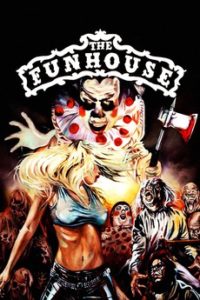Very mixed feelings on this. I was an enormous fan of Brett Morgen’s MONTAGE OF HECK and am a die-hard Bowie fan so expectations were high. The editing and overwhelming immersion into the sound and visuals of Bowie’s work are an incredible feat and worthy of the praise that has been mentioned elsewhere. Here and there, Bowie’s narration will complement the footage and accompanying song in a way that mirrors the ‘cut-up technique’ of Burroughs’s writing that Bowie often employed – creating new meaning out of familiar lyrics and images into something powerful and unexpected. Other times, it feels like the worst kind of music videos in which the visuals just want to match the lyrics. (e.g. during the ‘ray gun’ lyric of Bowie singing ‘Moonage Daydream’, a shot of a ray gun in a 60s sci fi movie is shown alongside.)
And while a creative approach was needed for a Bowie doc appropriate to its subject, and a talking heads/interview style would have flattened the visual/sound collage described above, making the mercurial Bowie the narrator to everything onscreen sometimes leaves the viewer unmoored as to the contextual history of Bowie’s career or why/how he had ventured into the vastly different artistic periods of his life.
As a Bowie fan, I knew of his drug addiction that necessitated leaving LA for Berlin – but the doc just presents this as Bowie needing to ‘recharge’ and his own voice-over as the only further explanation. Or, when we see him employing the cut-up technique, no further explanation is given that might offer some context as to why and how Bowie became so fascinated with the technique at the time. Same with the Oblique Strategies techniques with Eno. His marriage to Iman – with no mention of his children, first wife, etc – it’s strange which moments of biography the doc does mention and which it doesn’t. Moreover, his work as a film actor, theatrical debut as The Elephant Man – these are just shown without any context, unlike his work as a painter which is given considerable screen time and afforded explanation. The same criticism can be said regarding his points of inspiration that are raised – flashes of Crowley, Burroughs, etc pop-up on screen, but with Bowie as the only narrator, these just flash on the screen then disappear in a blink without any further explanation.
Again, i can appreciate the kaleidoscopic nature of the doc’s intention as attempting to present the indefinable nature of Bowie’s creative force instead of any biographic details – but more often than not, the sometimes random insertions of film clips, archival clips, etc deflates this purpose instead of heightening the impact.
As a Bowie fan, i still enjoyed the experience overall and am perhaps being too harsh here – it’s certainly a singular and unique approach to a music doc, honoring the spirit of its subject in this respect if nothing else.

